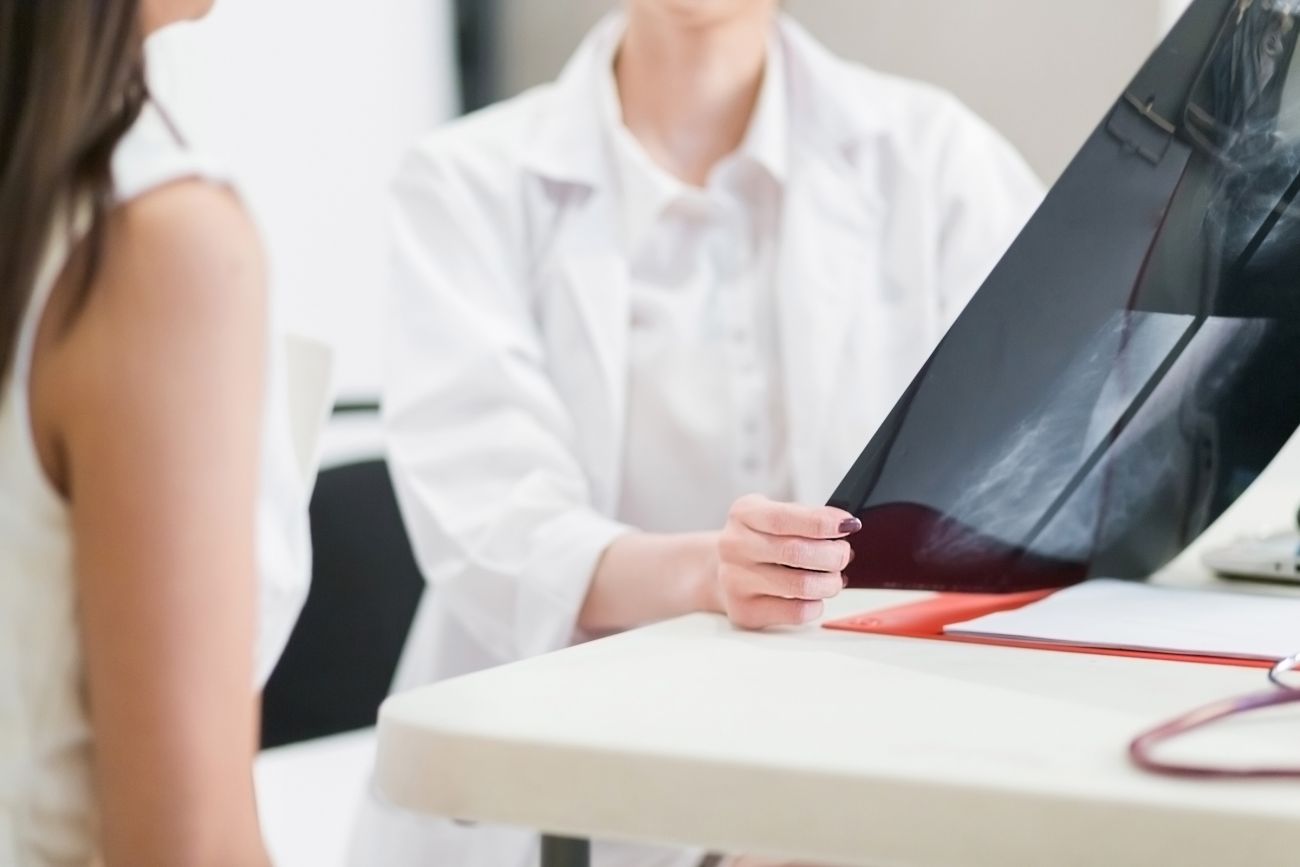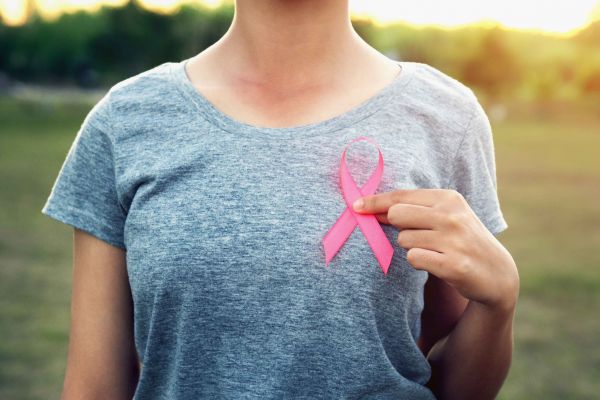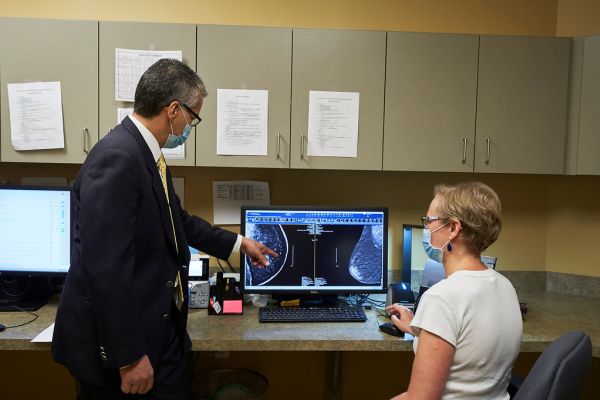Your next steps if your screening mammogram detects something
Breast cancer is one of the most common cancers in Western New York, affecting 1 out of every 8 women (12.5%). Mammography is the most effective screening tool to detect breast cancer, especially among women 40 and older. Studies show that getting a yearly mammogram reduces your risk of dying from breast cancer by 20–40%.
Of the millions of women who get their mammogram each year, the vast majority will be told that their results are normal, meaning that the radiologist sees no signs of breast cancer. In these cases, there is no need for follow-up. However, if you do have an abnormal screening mammogram, you will need to undergo further testing.
“Each year, about 10% of women who are screened will get recalled, meaning that the radiologist finds something abnormal on the mammogram,” says Ermelinda Bonaccio, MD, FACR, Chair, Department of Diagnostic and Interventional Radiology at Roswell Park Comprehensive Cancer Center. “Although this does not necessarily mean you have cancer, additional tests such as tailored mammogram images, ultrasound or biopsy will be needed to rule out the possibility of breast cancer.”
Did you know that you can get your screening mammogram at Roswell Park?
Roswell Park recommends yearly mammograms starting at age 40. Get your mammograms where the experts are.
What follow-up tests are performed after an abnormal mammogram?
Your radiologist may recommend one or more of these tests to discern whether the abnormality is cancer or a common benign condition:
- Diagnostic mammogram. Screening mammograms are designed to find areas of concern, but diagnostic mammograms take more detailed or magnified pictures of the suspicious area to rule out the possibility of breast cancer. These additional tests often demonstrate that the initial abnormal finding was just overlapping glandular tissue, and no further tests are needed.
- Ultrasound. This painless procedure uses sound waves to capture images of the area(s) of concern. Diagnostic breast ultrasound is often used to determine if a mammographic finding is a cyst or to further characterize a solid mass.
- Core-needle biopsy. This procedure is minimally invasive and does not require sedation. The radiologist/breast imager will numb the area with a local anesthetic and then remove tissue samples using a hollow needle. Ultrasound or other imaging techniques guide the needle to the target area in the breast. A pathologist will then examine this tissue for evidence of cancer. If atypical cells are found, a surgical biopsy will be needed to remove a larger tissue sample for further analysis. If cancer is found, then our multidisciplinary team of breast cancer specialists will work together to come up with a treatment plan for you.
What does an abnormal mammogram look like?
The appearance of normal breast tissue on a mammogram varies from person to person, and no two mammograms look the same. A woman’s breast tissue also changes over time, and it is not uncommon for benign lumps, cysts or calcifications to form with age.
The most common findings on a mammogram that require follow-up testing include:
- Masses or lumps, which can be cysts (fluid-filled sacs that are almost always benign), fibroadenomas (benign solid tumors that usually do not need to be removed, unless they cause discomfort), or cancer (malignant solid tumors that require treatment).
- Calcifications, or small calcium deposits in the breast tissue. Calcifications become more common as we age and are usually benign, but these deposits can be found in cancer cells during the very early stages of development.
At Roswell Park, we use advanced 3D breast imaging technology called tomosynthesis, which increases the accuracy of screening by lowering the chance of recall after mammography screening. Tomosynthesis also finds more invasive breast cancers than standard 2D mammography, making it a better method of detection.
What percentage of abnormal mammograms are cancer?
Fortunately, the majority of women who need follow-up testing after an abnormal mammogram do not have breast cancer. Most follow-up tests reveal benign conditions. Only 1-2% of women with an abnormal mammogram will need a biopsy, and most of these biopsies (60-70%) will find no evidence of cancer.
Dr. Bonaccio leads a Roswell Park team of dedicated breast imagers who specialize in breast cancer detection. If your annual mammogram is abnormal, then follow-up tests such as diagnostic mammography or ultrasound will be needed to rule out the possibility of cancer. If your abnormal mammogram was taken at another facility and you are looking for a second opinion, our radiologists can review your images within 24 hours of receiving them to determine whether you should have a biopsy or additional testing.
If the results of your follow-up tests show that you do have cancer, our multidisciplinary team of cancer experts will work together to develop a customized treatment plan that’s best for you.
Schedule your screening today
Learn how you can get an express appointment for your screening mammogram or get a second opinion for an abnormal mammogram at the link below, or call 1-800-ROSWELL (1-800-767-9355.




